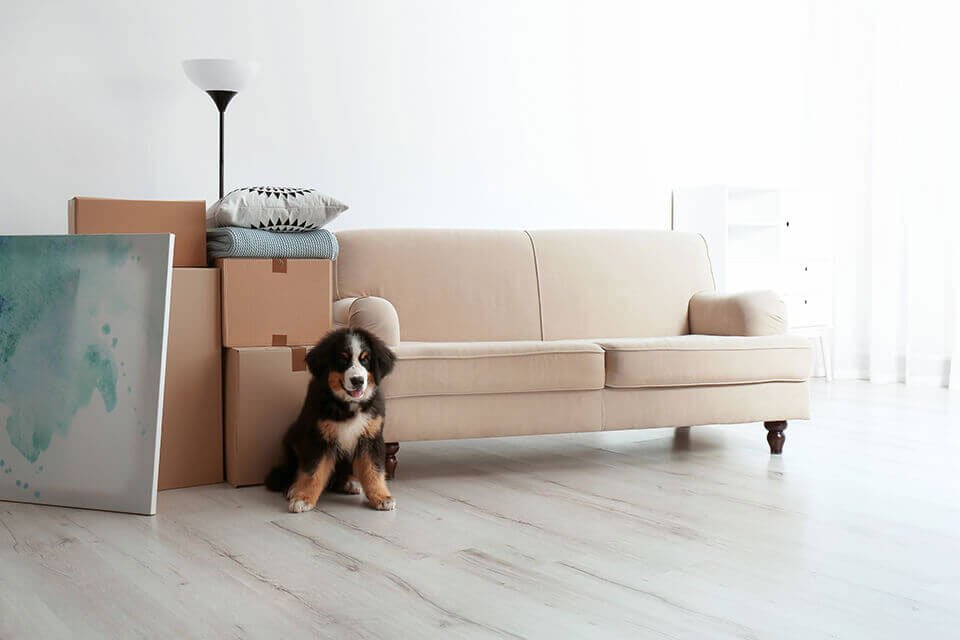Moving house is a stressful time for you – you are uprooting your life, packing up all your possessions, and moving to a brand new location. While for a human, the stress is balanced out with excitement and new opportunities, the same cannot be said for your pets.
When moving house, your pets are likely to be worried and uncertain – and you have to contend with how you can move them practically speaking. But how can you best move them to make everything convenient for you, and also less scary for your animal? We have collected some tips on how to move house with pets so that you and your furry, fishy or feathered friends can have the least stressful experience possible.
Why is moving hard on pets?
For some critters (such as fish, birds and smaller mammals) moving house is mainly difficult because of the move itself. Being shifted from place to place is unpleasant and can make them feel insecure. However, for cats and dogs, having to leave their home behind can be especially hard.
Dogs, for example, are familiar with the smells, sights and sounds of their existing home – they may have a playmate they see every day or have a special spot for burying things in the yard. Losing these can be intensely confusing and upsetting. Cats, too, are very territorial by nature and will have spread their scent around their existing area. In a new place, they may become lost, or feel unsafe around new neighbourhood cats. But how can you ease this?
Make moving day arrangements
One of the most difficult days for you during the moving process is moving day. Your pets may well pick up on your feelings of anxiety and stress, so the best thing to do is to keep pets separate for the day.
Ideally, you should organise for your pets to be off the property while your possessions are being moved, so ask a friend or family member to help out. This will negate the chances of a cat or dog escaping during the chaos of moving day. If this is not possible, then clear a room in your house away from the hustle and bustle of the removal process. Set your pet up with food, water, and a comfortable place to sleep, and make it clear to your removalists that this room is off-limits – putting a sign on the door is a great way to do this.
Stick to routines
So you have arrived in your new home. How can you help your pet to feel safe and happy? You probably have a pretty fixed routine with your pet. While moving can be a hectic time, try to keep their routine up. For a dog, walk them when you usually would, and all pets should be fed at the same time as usual. This gives them some stability even in these uncertain times.
Create a new space
An important way to help your pet with the move is by setting up a new space for them in your new home. Ensure that their familiar bedding, toys and food bowls are there, and that they have a place to go that is just for them. This will help them to acclimate to their new home. Similarly, give outdoor animals like cats a while (a week or more) inside before letting them roam the new neighbourhood, and ensure that the area around your home is safe for both cats and dogs.
Let your removalists know
One important task when moving with pets is ensuring that your removal company knows upfront. This is especially important if you are moving with any caged animals (such as rabbits, guinea pigs etc) or exotic fish, reptiles or birds. This will make the entire process easier for you, your movers, and your pets. If your pet requires any specialist equipment, this might be fragile and less easy to move, so giving your movers all the information is the best way of guaranteeing a smooth move.
Get in touch
We know that moving house with pets can be challenging to navigate. At JD Movers, we are familiar with all kinds of moves. Get in touch with us to discuss your needs and how we can help you and your little friend to have the best moving experience possible.

